Battery technology is a great invention with a wonderful and long history. The battery "Battery" first appeared in 1749. It was first used by American inventor Benjamin Franklin, who used a series of capacitors in series to conduct electricity. experiment.
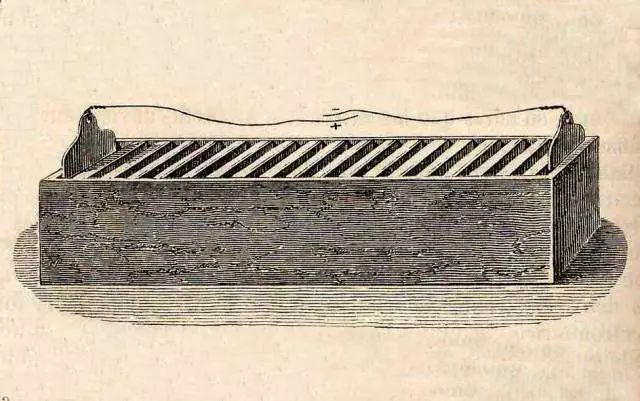
In 1786, the Italian anatomist Galvani discovered bioelectricity during the anatomy of the frog and published it in academia. In 1800, Volta was inspired by the Galvani frog experiment, using copper, tin and brine as materials. The voltaic battery was made in 1836, and Daniel of the United Kingdom improved the "Volt Stack" in 1836.
He used dilute sulfuric acid as the electrolyte to solve the problem of battery polarization, and produced the first zinc-copper battery, also known as the "daniel battery", which was not polarized and could maintain a balanced current.
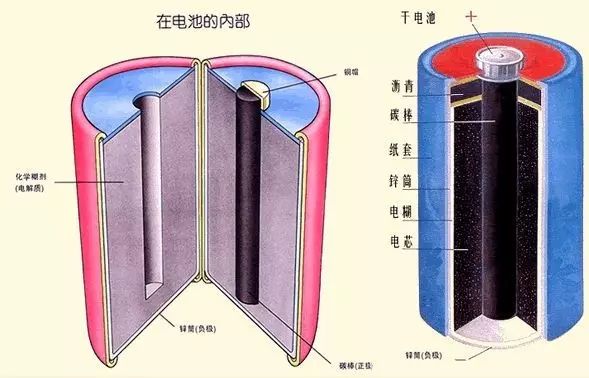
In 1860, France's Plante invented the battery with lead as the electrode, which is also the predecessor of the battery; at the same time, France's Lakeland invented the carbon-zinc battery, making the battery technology into the field of dry batteries.
Battery technology began with dry batteries, which was invented by British Hellssen in 1887 and mass produced in the United States in 1896. At the same time, Thomas Edison invented rechargeable iron-nickel batteries in 1890, also realized in 1910. Commercial mass production.
Since then, thanks to commercialization, battery technology has ushered in an era of rapid growth. Thomas Edison invented alkaline batteries in 1914, Schlecht and Akermann invented nickel-cadmium battery sintered plates in 1934, and Neumann developed sealed nickel in 1947. Cadmium batteries, Lew Urry (Energizer) developed a small alkaline battery in 1949, which ushered in the era of alkaline batteries.
After entering the 1970s, battery technology was gradually affected by the energy crisis and gradually developed toward physical power. In addition to the continuous improvement of solar cell technology that emerged in 1954, lithium batteries and nickel-hydrogen batteries were gradually invented and commercialized.
What is a power battery?
The difference between it and ordinary batteries
The power source of new energy vehicles is generally based on power batteries. A power battery is actually a power source that provides a source of power for transportation. The main difference between it and ordinary batteries is:
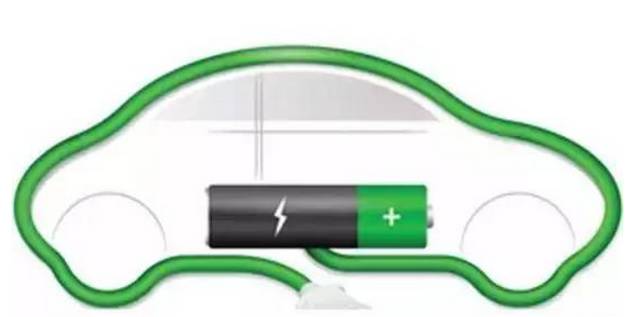
First, the nature is different
A power battery is a battery that powers a transportation vehicle, generally compared to a small battery that supplies energy to a portable electronic device. An ordinary battery is a lithium metal or lithium alloy as a negative electrode material, and a nonaqueous electrolyte solution is used. The primary battery is different from the rechargeable battery lithium ion and lithium ion polymer battery.
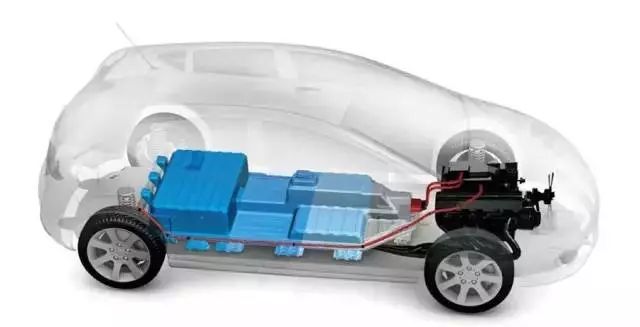
Second, the battery capacity is different
In the case of new batteries, the battery capacity is tested by a discharge meter. The capacity of a general power battery is about 1000-1500 mAh; while the capacity of an ordinary battery is above 2000 mAh, and some can reach 3400 mAh.
Third, the discharge power is different
A 4200mAh power battery can discharge the power in just a few minutes, but the ordinary battery can not do it, so the discharge capacity of the ordinary battery can not be compared with the power battery. The biggest difference between a power battery and a normal battery is that it has a large discharge power and a high specific energy. Since the main use of the power battery is the vehicle energy supply, it has a higher discharge power than the ordinary battery.
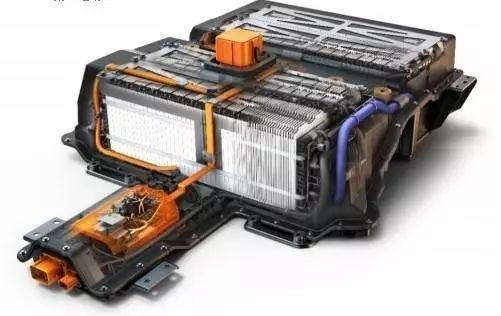
Fourth, the application is different
The battery that provides driving power for electric vehicles is called a power battery, including traditional lead-acid batteries, nickel-hydrogen batteries, and emerging lithium-ion power lithium batteries, which are divided into power-type power batteries (hybrid vehicles) and energy-type power batteries. (Pure electric vehicles); Lithium batteries used in consumer electronics such as mobile phones and notebook computers are generally referred to as lithium batteries, which are different from those used in electric vehicles.
The main types of power batteries
At present, mainstream technologies on the market still focus on lead-acid battery technology, nickel-hydrogen battery technology, fuel cell technology, and lithium battery technology.
Lead-acid batteries
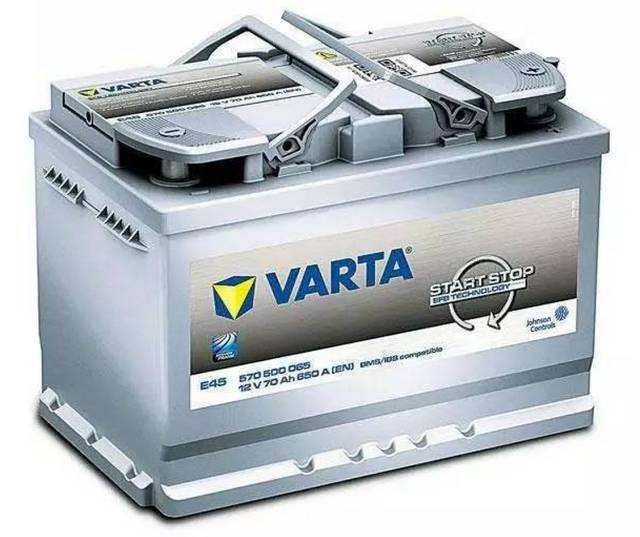
Lead-acid batteries have the longest application history and the most mature technology. They are the lowest cost and best-selling batteries, and have been mass-produced. Among them, valve-regulated sealed lead-acid batteries (VRLA) once became an important vehicle power battery, applied to EVs and HEVs developed by many European and American automobile companies, such as Saturn and EVI developed by GM in the 1980s and 1990s. Electric cars, etc.
However, lead-acid batteries have lower specific energy, shorter endurance time, higher self-discharge rate, and lower cycle life; the main raw material lead has a large weight, and may cause environmental pollution of heavy metals during production and recycling. Therefore, current lead-acid batteries are mainly used for ignition devices when the car is started, and small devices such as electric bicycles.
NiMH batteries
Nickel-hydrogen (Ni/MH) batteries have good resistance to overcharge and overdischarge, and there is no problem of heavy metal pollution, and there is no phenomenon of electrolyte increase and decrease during the work process, which can realize seal design and maintenance-free. Compared with lead-acid batteries and nickel-cadmium batteries, nickel-hydrogen batteries have higher specific energy, specific power and cycle life.
The disadvantage is that the battery has a poor memory effect, and as the charge and discharge cycle progresses, the hydrogen storage alloy gradually loses its catalytic ability, and the internal pressure of the battery gradually increases, which affects the use of the battery. In addition, the expensive price of nickel metal also leads to higher costs.
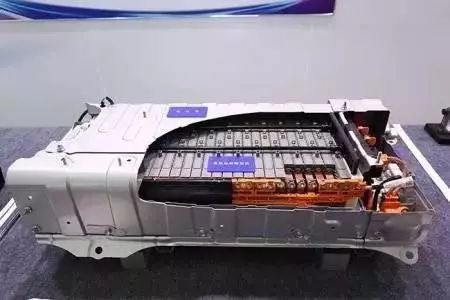
On the key materials, nickel-metal hydride batteries are mainly composed of a positive electrode, a negative electrode, a separator and an electrolyte. The positive electrode is a nickel electrode (Ni(OH) 2 ); the negative electrode is generally a metal hydride (MH); the electrolyte is mainly a liquid, and the main component is hydrogen. Potassium oxide (KOH). At present, the research focus of nickel-hydrogen battery is mainly on the positive and negative materials, and its technology research and development is relatively mature.
The nickel-metal hydride battery for vehicles has been mass-produced and used, and it is the most widely used vehicle battery type in the development of hybrid vehicles. The most typical representative is the Toyota Prius, which has the largest production volume of hybrid vehicles. PEVE, a joint venture between Toyota and Matsushita, is the world's largest manufacturer of nickel-hydrogen battery.
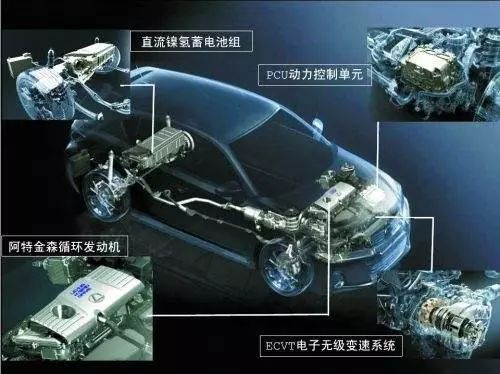
Now that nickel-metal hydride batteries have withdrawn from the ranks of mainstream power batteries, why is Toyota still stubbornly sticking to the nickel-hydrogen battery camp?
This has to say the biggest advantage of NiMH batteries: superior durability!
The famous American auto media "Consumer Report" conducted a comparative test on a first-generation Prius that was used ten years later. The test results show that the first-generation Prius model with Ni-MH battery has been compared with the data of the new car after 10 years of driving for 3 years, and the fuel consumption performance and the dynamic performance are kept at the same level. The hybrid system and the NiMH battery pack are still working properly.
In addition, even after running for 330,000 kilometers in ten years, this first-generation Prius NiMH battery has never had a problem. People questioned a decade ago that battery capacity degradation will greatly affect fuel consumption and power performance. It also did not appear. From this point of view, the Japanese who have always been rigorously conservative have a unique reason for the love of nickel-metal hydride batteries.
The fuel cell
A fuel cell is a power generation device that directly converts chemical energy present in a fuel and an oxidant into electrical energy. Fuel and air are fed into the fuel cell separately, and electricity is produced. It looks like a positive and negative electrode and electrolyte, like a battery, but in essence it can't "storage electricity" but a "power plant."
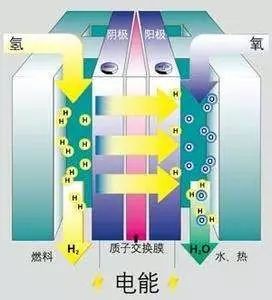
Compared to conventional chemical batteries, fuel cells can be refueled, usually with hydrogen. Some fuel cells can use methane and gasoline as fuel, but are usually limited to industrial applications such as power plants and forklifts. The basic principle of a hydrogen fuel cell is the reverse reaction of electrolyzed water. Hydrogen and oxygen are supplied to the anode and the cathode, respectively. After the hydrogen diffuses through the anode and reacts with the electrolyte, the electrons are released to the cathode through an external load.
Hydrogen fuel cell works by sending hydrogen gas to the anode plate (negative electrode) of the fuel cell. After the catalyst (platinum), one electron in the hydrogen atom is separated, and the hydrogen ions (protons) that lose electrons pass through the proton. The exchange membrane reaches the cathode plate (positive electrode) of the fuel cell, and the electrons cannot pass through the proton exchange membrane. This electron can only reach the cathode plate of the fuel cell via an external circuit, thereby generating electric current in the external circuit.
After the electron reaches the cathode plate, it recombines with oxygen atoms and hydrogen ions into water. Since the oxygen supplied to the cathode plate can be obtained from the air, the electric energy can be continuously supplied as long as hydrogen is continuously supplied to the anode plate, air is supplied to the cathode plate, and the water vapor is taken away in time.
The electricity generated by the fuel cell is supplied to the motor via an inverter, a controller, etc., and then the wheel is rotated by the transmission system, the drive axle, etc., so that the vehicle can travel on the road. Compared with traditional cars, the energy conversion efficiency of fuel cell vehicles is as high as 60-80%, which is 2 to 3 times that of internal combustion engines.
The fuel cell fuel is hydrogen and oxygen. The product is clean water. It does not work to produce carbon monoxide and carbon dioxide, nor does it emit sulfur and particulates. Therefore, hydrogen fuel cell vehicles are truly zero-emission, zero-pollution vehicles, and hydrogen fuel is the perfect vehicle energy!
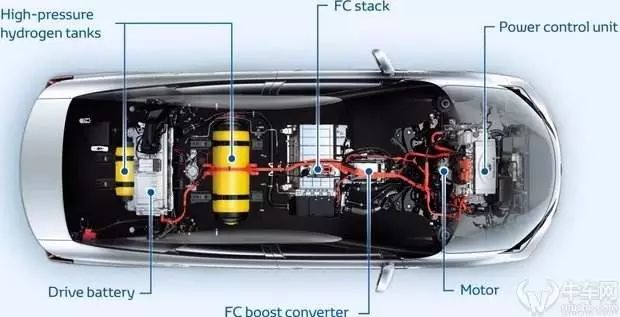
Features of hydrogen fuel cells:
1. No pollution: The fuel cell has no pollution to the environment. It is through electrochemical reactions, rather than combustion (steam, diesel) or energy storage (battery) - the most typical traditional backup power solution. Combustion releases pollutants such as COx, NOx, SOx gas and dust. As mentioned above, fuel cells only produce water and heat. If hydrogen is produced by renewable energy sources, the entire cycle is a complete process that does not produce harmful emissions.
2, no noise: the fuel cell runs quietly, the noise is only about 55dB, which is equivalent to the level of normal conversation. This makes the fuel cell suitable for indoor installation or where there is a limit to noise outdoors.
3, high efficiency: fuel cell power generation efficiency can reach more than 50%, which is determined by the conversion properties of the fuel cell, directly convert chemical energy into electrical energy, without the intermediate transformation of thermal energy and mechanical energy (generator).
4. The advantages of hydrogen fuel cell vehicles are undoubted, and the disadvantages are obvious. With the advancement of technology, problems such as safety and hydrogen fuel storage technology that have plagued the development of hydrogen fuel cells have been gradually overcome and improved, but the cost problem remains the biggest bottleneck hindering the development of hydrogen fuel cell vehicles.
The cost of hydrogen fuel cells is 100 times that of ordinary gasoline engines, and this price is unbearable in the market. In addition, behind the hydrogen refueling station, a complete set of hydrogen energy production and transportation networks is supported, and most countries in the world have no willingness and space to vigorously develop a system of non-common energy.
In particular, the conversion rate of hydrogen energy is low, and it causes pollution in energy production. On the other hand, the construction requirements and cost of the hydrogen refueling station itself are extremely high, and special cryogenic equipment is needed to meet the energy storage needs. At present, only Japan, South Korea and California have more hydrogen refueling stations, and this is actually more than dozens.
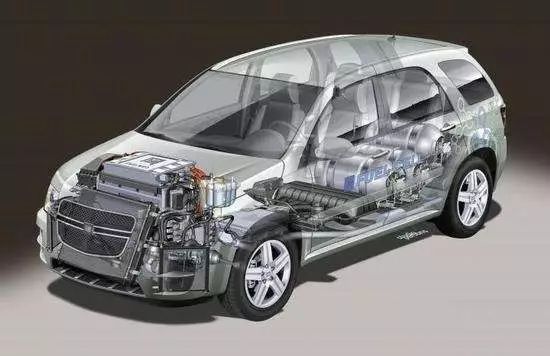
Entering 2017, the original fuel cell market seems to have suddenly recovered.
On the one hand, the upgrade of pure electric vehicle battery technology, which has been highly anticipated, has continuously encountered bottlenecks. The two factors, too short driving distance and long charging time, still restrict the prospects of new energy vehicles.
On the other hand, the cost performance of fuel cell vehicles in various fields is increasing.
The cost of production of originally expensive fuel cell vehicles is experiencing a rapid decline. Compared to the competitive mid- to high-end pure electric vehicles, the 5-minute fuel-filled experience and the mileage of more than 500km are certainly more attractive.
Lithium Ion Battery
The lithium-ion battery for vehicles is developed on the basis of disposable lithium batteries, and is the main direction for the development of batteries for pure electric vehicles. Lithium-ion battery has many advantages such as no memory, low self-discharge rate, environmental protection, high specific energy, high specific power, etc. It is the potential car battery that is favored by R&D institutions and automobile manufacturers after nickel-hydrogen batteries.
Lithium-ion battery characteristics
1, voltage platform
Lithium-ion batteries have a working voltage range of 3 due to the difference in positive and negative materials. 7~4v, in which the working lithium iron phosphate single battery has a working voltage of 3. 2v, 3 times that of nickel-metal hydride batteries and 2 times that of lead-acid batteries
2, greater than the energy
The current energy density of passenger car lithium-ion battery is close to 200 wh/kg, and it is expected to reach 300 wh/kg in 2020.
3, short battery life
Due to the limitations of electrochemical materials, the number of cycles of lithium-ion batteries has not been broken. Taking lithium iron phosphate as an example, the number of cycles of single cells can reach more than 2000 times, and only 1000 times after grouping.
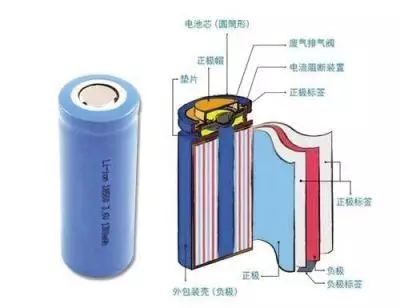
4, the impact on the environment is greater
Lithium-ion batteries use light metal lithium, which, although free of mercury, lead, and harmful heavy metals, is considered a green battery and has less environmental pollution.
However, in fact, due to its positive and negative materials, electrolytes containing nickel, metal, the United States has classified lithium-ion batteries as a type of battery containing flammable, manganese, reactive, leaching toxicity, corrosive, toxic and harmful, At present, all kinds of batteries contain the most toxic substances, and because of the complicated process of recycling and recycling, the cost is high, so the current recycling rate is not high, and the discarded batteries have a greater impact on the environment.
5, the cost is still high
The initial purchase cost of lithium-ion batteries is high. For example, the current price of lithium iron phosphate batteries for automotive power batteries is about 2,500 yuan/kwh. With the popularity of electric vehicles, it is expected to be reduced to below 1,000 yuan/kwh in 2020.
Current mainstream electric vehicle representatives and their comparison of lithium-ion battery
Tesla and Panasonic - lithium cobalt oxide battery
As a global leader in the field of pure electric vehicles, Tesla Motors, born in Silicon Valley, USA, has subverted its view on electric vehicles with its sharp shape, 3.2-second 100-kilometer acceleration time, and more than 400 kilometers of endurance. Sexual improvements, and quickly became a major representative of the traditional fuel car. In addition to powerful motors and excellent power management technology, Tesla's ability to make a comeback is not unrelated to its lithium cobalt oxide battery.
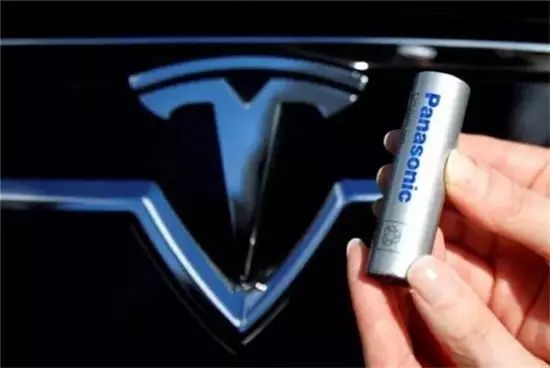
The early Tesla MODEL S model used the Japanese Panasonic 18650 lithium cobalt oxide battery, its single size is slightly larger than our common No. 5 dry battery, but it is such a seemingly ugly battery, after several thousand parallel to each other, composed of The battery pack is also able to release amazing energy.
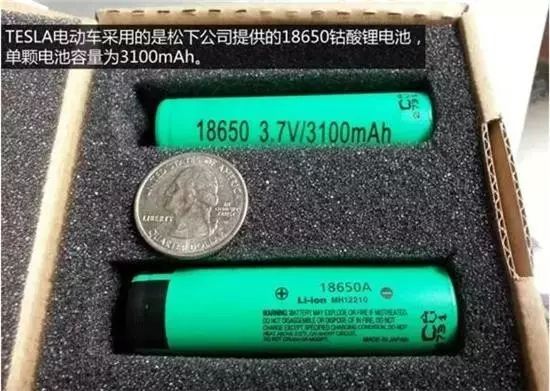
This kind of battery is no stranger to us. Electronic digital devices such as laptops use this type of battery. Compared with other battery types, the advantage of lithium cobalt oxide battery represented by Panasonic 18650 battery is that the technology is quite mature. The specific energy is high. In addition, this type of battery has a large discharge current and a high charging speed, which is very suitable for a high-performance oriented electric vehicle such as Tesla.
In order to maximize the energy density of the battery, Tesla will arrange these single 3100mAh 18650 lithium batteries in a neat arrangement to form a small "battery box" unit, and then further splicing these units to form a single power battery. group. In the end, a total of 8142 18650 battery packs have a total capacity of more than 85kWh, thus ensuring the endurance of the Tesla MODEL S over 400km.
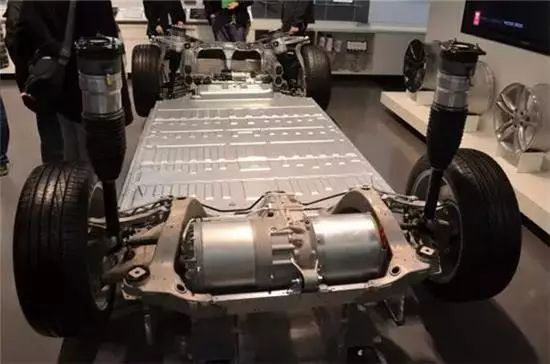
Sla's high-density battery combination brings considerable battery capacity, but the lithium cobalt oxide battery has poor thermal stability, and the integrated battery panel is placed on the chassis of the vehicle, thus dissipating heat from the battery. With the higher requirements imposed on security, Tesla had to design a complex battery protection program and a unique liquid cooling system to ensure the normal operation of the battery pack.
This aspect not only increases the quality of the car body, but also has a certain impact on the cruising range of the vehicle. Of course, the most obvious is the invisible increase in the manufacturing cost of the vehicle. Therefore, Tesla sells such a price for a reason. .
BYD and lithium iron phosphate battery
Speaking of lithium iron phosphate batteries, we must have to say that BYD, the largest new energy vehicle company in China. The company started as a mobile phone lithium battery and has grown into a large-scale enterprise that covers battery manufacturing, traditional and new energy vehicle manufacturing. Among them, lithium iron phosphate battery is its core product, and is equipped with most of BYD's models.
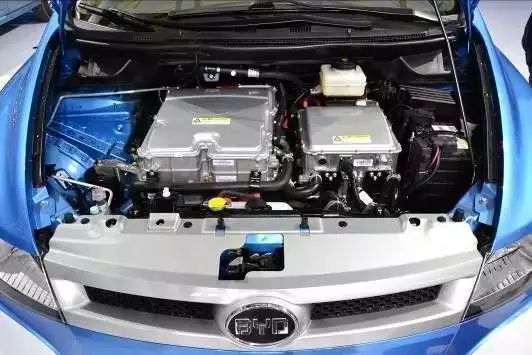
Lithium iron phosphate battery belongs to lithium ion secondary battery (using lithium iron phosphate (LiFePO4) material as battery positive electrode), its discharge efficiency is higher, and the price is more advantageous than other lithium batteries. In the early years, the E6 electric vehicle equipped with BYD's “iron battery†successfully opened the domestic electric vehicle market for BYD. The BYD E6 electric vehicle invested in the Shenzhen taxi market was also a great success.
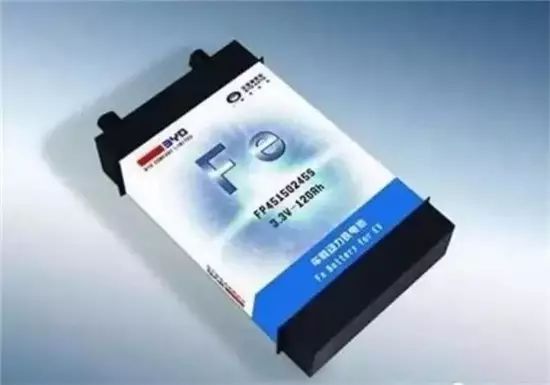
As one of the first car companies in the world to realize the industrialization of lithium iron phosphate battery, the lithium iron phosphate battery used by BYD has not much difference in energy density compared with the earlier lithium manganese oxide battery. Thermal stability is currently the best in power lithium batteries.
When the battery temperature is at a high temperature of 500-600 ° C, its internal chemical composition begins to decompose, and the puncture, short circuit, high temperature will not burn or explode, compared to the above-mentioned Panasonic lithium cobalt oxide battery (180-250 ° C As the internal chemical composition is already in an unstable state, it is clear that the safety of lithium iron phosphate batteries is higher.
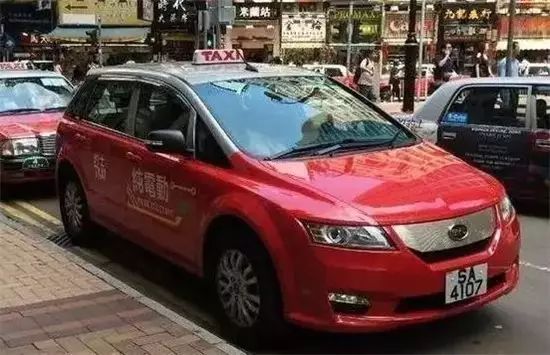
In addition to higher safety, lithium iron phosphate batteries have a certain life expectancy. From the effect of the BYD E6 put into operation in the Shenzhen rental market, the cumulative total mileage of 850 E6 electric taxis that have been in operation since 2010 has exceeded 300 million kilometers, of which the maximum mileage of bicycles exceeds 670,000 kilometers. Still working well, which also illustrates the reliability of lithium iron phosphate batteries. This result also makes BYD E6 the largest vehicle in China's electric taxi market.
However, in addition to the outstanding advantages of thermal stability, the energy density of lithium iron phosphate battery is still not much smaller than that of ternary lithium battery and lithium cobalt oxide battery. The same battery capacity, lithium iron phosphate battery is heavier. The volume is also larger, which also results in the performance of the battery life of the battery type.
Of course, the biggest pain point of lithium iron phosphate battery is the charging problem at low temperature. When the temperature is lower than -5 °C, the charging efficiency is low, which is not suitable for the charging demand of northern new energy vehicle owners in winter, which has become the latest BYD. The important reasons for the hybrid models Tang 100 and Qin 100 to temporarily use the ternary lithium battery.
Currently the most widely used ternary lithium battery
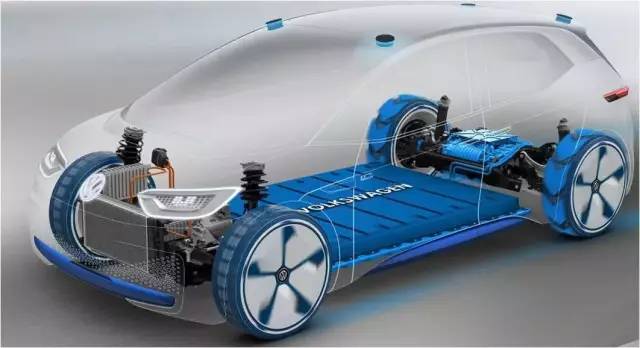
The ternary lithium battery as the name implies is that the battery refers to the positive electrode material, in addition to lithium, there are nickel-cobalt-manganese, or nickel-cobalt-aluminum. Compared with lithium iron phosphate and lithium cobalt oxide batteries, the ternary lithium battery has a more comprehensive performance, lower energy density, higher volumetric energy, and relatively reasonable price. Therefore, more and more new energy vehicles are used. Used by manufacturers.
As a new product emerging in the past two years, the ternary lithium battery is characterized by its advantages of high energy density, long cycle life, and light weight of the whole vehicle, which is of great help to improve the cruising range of the vehicle. In addition, the more important reason is that the price of ternary lithium batteries has further decreased with the increase of production capacity. For these reasons, domestic car manufacturers have turned to ternary lithium batteries.
To say the shortcomings of the ternary lithium battery, the deoxidation temperature of the ternary material is 200 ° C, the exothermic energy exceeds 800 J / g, and it is impossible to pass the acupuncture experiment. This indicates that the ternary battery is prone to cause safety accidents such as burning and explosion in the event of internal short circuit and damage to the battery casing.
It is for reasons of safety that the country has suspended the installation of ternary lithium batteries on commercial vehicles. However, with the advancement of technology, especially after the application of ceramic diaphragms, the safety of ternary lithium batteries has been improved and solved. As far as the current market situation is concerned, as the comprehensive advantages of ternary lithium batteries are still relatively obvious, the attention of automobile manufacturers to ternary lithium batteries is also increasing.
New Battery Technology Preview - Physical Battery
The physical battery is a general term for batteries that rely on physical changes to provide and store electrical energy. For example, "supercapacitors with instant full charge" and "flywheel batteries with a power of 5000-10000 W/kg" are members of the physical battery family.
Super capacitor
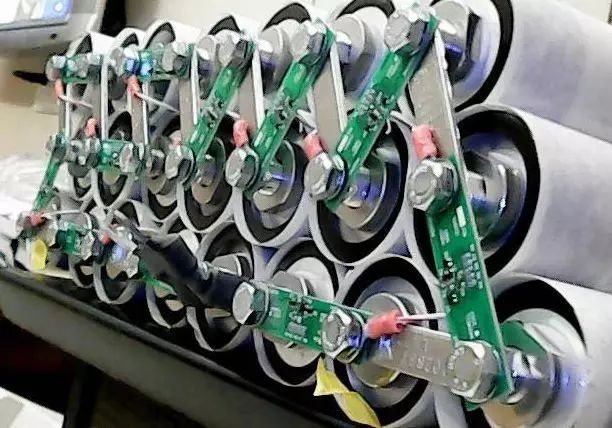
Supercapacitor is a power component between a traditional capacitor and a battery. The power density is as high as 300-500W/kg, which is 5-10 times that of a normal battery. It mainly relies on the electric double layer and the redox pseudocapacitor charge to store electrical energy without chemical reaction therebetween, so it is classified as a physical battery.
Supercapacitors have three distinct advantages over chemical batteries:
1. Repeated charging and discharging times up to 100,000 times (the traditional chemical battery is only a few hundred to several thousand times), and the life expectancy is much higher than that of the chemical battery;
2. The super capacitor has a very high power density during charging and discharging, and can release a large amount of electric energy in an instant, which can meet the broader power demand of the vehicle;
3, the working environment adaptability is better, usually the outdoor temperature is -40 ° C ~ 65 ° C, it can work normally and stable (traditional battery is generally -20 ° C ~ 60 ° C).
Flywheel battery
The flywheel battery is a new concept battery proposed in the 1990s. It uses the principle of generating energy when the flywheel rotates to realize charging and discharging.
The famous "Porsche 911 GT3 Hybrid Racing" and the Porsche 918 Spyder, one of the four major cars in the world, are equipped with flywheel batteries at the two front wheels. The flywheel technology converts the kinetic energy collected by the brakes into electrical energy. Store energy in a flywheel. During the acceleration process, this energy is transferred to the front wheels, reducing the fuel consumption of the internal combustion engine while increasing the acceleration.
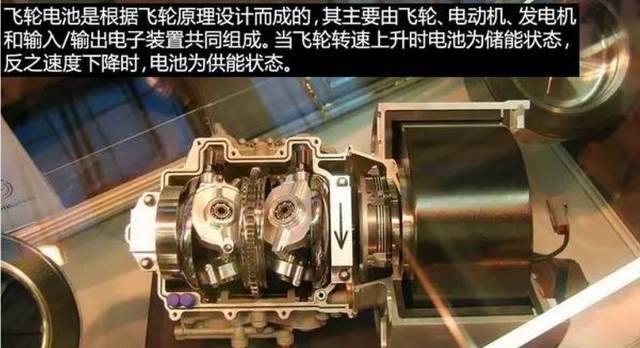
Due to the limitations of technology and material prices, the price of flywheel batteries is relatively high, and their advantages are not reflected in small occasions. However, in the case of large energy storage devices in space, large-scale transportation, and military, flywheel batteries have been gradually applied.
With the development of new energy vehicles, batteries are one of the important components, and the energy density is constantly increasing.
The key to the battery revolution lies in the materials. The ternary materials will become the mainstream cathode material system. The mixed application of graphite and soft carbon, hard carbon and other anode materials with different characteristics will also become the mainstream system of anode materials.
In addition, graphene has begun to enter the mid-term test stage in China, and the energy density level and life of the battery will be greatly improved after mass production.
Brushless DC Permanent Magnet Gear Motor
Brushless Dc Motor,Brushed Dc Motor,Industrial Machine Dc Motor,Brushless Dc Permanent Magnet Gear Motor
NingBo BeiLun HengFeng Electromotor Manufacture Co.,Ltd. , https://www.hengfengmotor.com